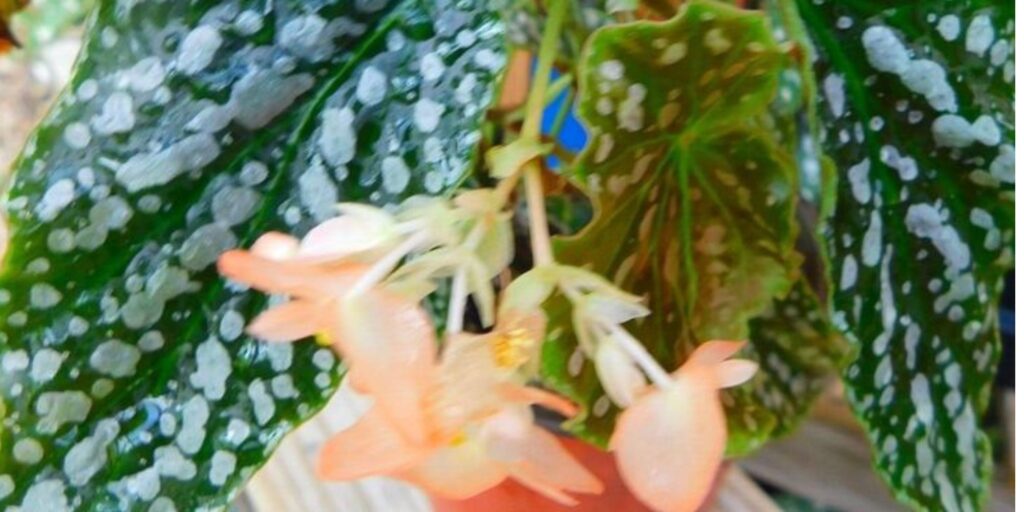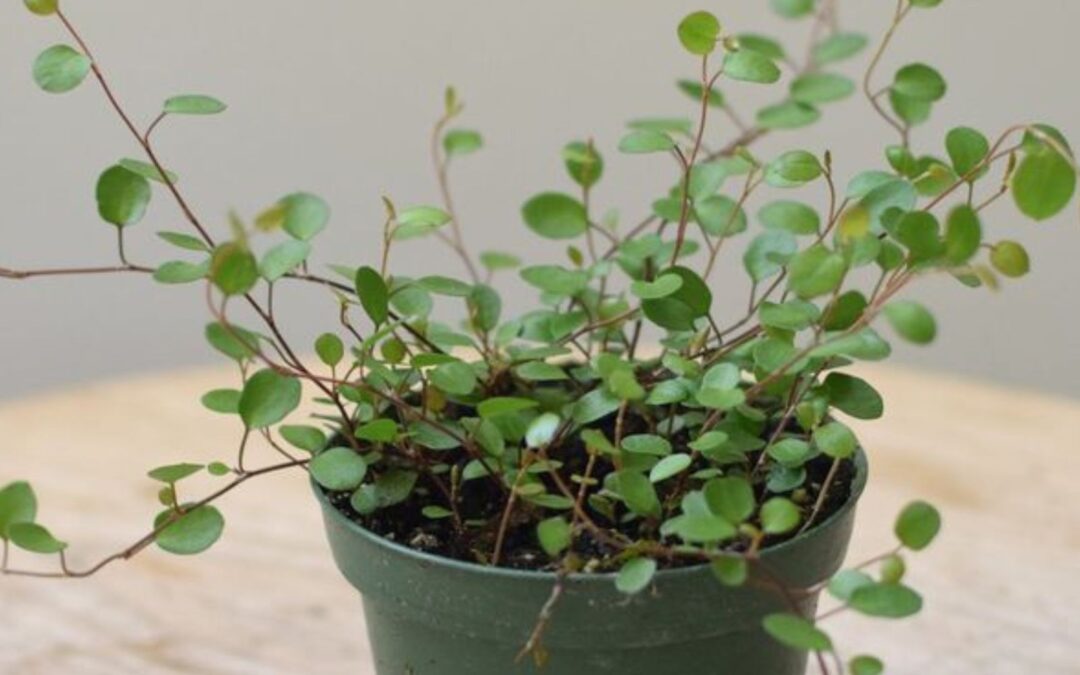Introduction
Angel plants are more than just beautiful greenery; they bring a unique charm and numerous benefits to your living space. Whether you’re looking to purify the air, enhance your mood, or simply add a touch of nature indoors, these enchanting plants have got you covered. With their striking leaves and captivating presence, angel plants can transform any room into an oasis of tranquility.
But there’s more to them than meets the eye. Caring for angel plants is both rewarding and straightforward once you understand their needs. This guide will walk you through everything from basic care tips to advanced techniques that can help your angel plants thrive. Plus, we’ll explore different types of angel plants so you can choose the perfect one for your home or office.
Unlocking the magic of angel plants begins with understanding how to nurture them properly while reaping all their fantastic benefits. Whether you’re a green thumb or just starting in plant care, this comprehensive guide will empower you with knowledge about these delightful companions. So let’s dive into the world of angel plants and discover why they’re truly special!
The Magic of Angel Plants: A Comprehensive Guide to Their Care and Benefits

Angel plants possess an enchanting allure that captivates plant lovers everywhere. Their vibrant leaves and graceful forms breathe life into any space, making them a popular choice for homes and offices alike. But their charm doesn’t stop at aesthetics; these plants offer incredible benefits that enhance our well-being.
One of the most remarkable features of angel plants is their air-purifying qualities. They effectively filter out toxins from the air, helping to create a healthier indoor environment. As you care for your angel plant, you’re not just nurturing a beautiful companion but also contributing to your overall health.
Caring for angel plants can be an enjoyable experience as they are relatively low-maintenance. With proper attention to light levels, watering routines, and humidity preferences, anyone can cultivate these magical greens successfully. The sense of accomplishment you’ll feel as they flourish is truly rewarding.
Moreover, having angel plants around can elevate your mood and promote relaxation. Studies have shown that being surrounded by greenery can reduce stress levels and increase productivity—perfect for busy home or office settings.
Whether you’re drawn in by their beauty or intrigued by their numerous advantages, getting started with angel plants opens up a world filled with joy and natural elegance right at your fingertips.
Care and Benefits of Angel Plants
Angel plants are more than just beautiful additions to your indoor space. They offer a variety of benefits that go beyond aesthetics, making them a popular choice among plant enthusiasts.
One of the most significant advantages is their air-purifying ability. Angel plants can filter harmful toxins from the air, promoting a healthier living environment. This quality makes them perfect for homes and offices alike.
Caring for angel plants is relatively straightforward. They thrive in bright, indirect light but can adapt to various lighting conditions. Regularly checking soil moisture helps maintain their health, as these plants prefer slightly moist soil without becoming waterlogged.
In addition to improving air quality, angel plants also boost mood and reduce stress levels. Their vibrant green leaves create a calming atmosphere that can enhance mental well-being.
These versatile houseplants are also known for their resilience against common pests and diseases when properly cared for. With minimal effort required for upkeep, you’ll find they not only beautify your home but also enrich your life in many ways.
Types of Angel Plants

Angel plants come in various types, each possessing unique qualities that enhance both aesthetic appeal and functionality. One popular variety is the Angelonia angustifolia, often cherished for its charming flowers that bloom in vibrant colors. These are perfect for adding a splash of color to any garden or indoor space.
Another intriguing type is the Datura angel’s trumpet. Known for its distinctive funnel-shaped blooms, this plant emits a sweet fragrance during the evenings, attracting pollinators like moths. Its striking appearance makes it an eye-catching choice for those looking to create an enchanting atmosphere.
For those who prefer low-maintenance options, consider the Angelonia Serena hybrid. This compact beauty thrives even in challenging conditions and offers long-lasting flowering throughout the summer months. It’s ideal for busy gardeners seeking reliable yet stunning plants.
The Impatiens walleriana also falls under the angel plant category. With their lush foliage and colorful blossoms, these shade-loving plants bring life where sunlight is scarce. They’re great choices for patios or shaded corners of your yard.
There’s the well-known Brugmansia species—another type of angel’s trumpet with larger blooms that can be quite dramatic in size and scent. Their tropical vibe adds elegance to gardens while captivating onlookers with mesmerizing displays when they flower.
Basic Care Guidelines
Caring for your angel plants is essential to keep them thriving. Start with the right location. These plants prefer bright, indirect light but can tolerate partial shade. Avoid direct sunlight, as it may scorch their delicate leaves.
Watering is another crucial factor in plant care. Ensure that the soil remains consistently moist but not soggy. Check the top inch of soil; if it feels dry, it’s time to water again. Use lukewarm water for best results and always make sure to empty any excess from saucers underneath pots.
Humidity plays a significant role in your angel plants’ health. They thrive in humid environments, so consider misting them regularly or placing a small humidifier nearby during dry seasons. Grouping several plants can also create a microclimate with increased moisture.
Fertilization supports growth and vitality too. During the growing season—typically spring and summer—feed your angel plants every four to six weeks using a balanced liquid fertilizer diluted by half strength.
Pay attention to temperature conditions as well. Angel plants prefer temperatures between 65°F and 75°F (18°C – 24°C). Sudden drafts from air conditioning or heating vents can stress these delicate beauties and hinder their growth potential.
Advanced Care Techniques
To elevate your Angel Plants to new heights, consider implementing advanced care techniques. These practices can significantly enhance their growth and overall health. One such technique is the use of a humidity tray. By placing pebbles in a shallow dish filled with water beneath your plant pot, you create an environment that boosts moisture levels. This is especially beneficial during dry seasons.
Regularly rotating your plants can also make a remarkable difference. By changing their position every few weeks, you ensure even light exposure on all sides. This avoids lopsided growth and encourages fuller foliage development.
Fertilizing becomes vital as well when you’re aiming for vibrant blooms or robust leaves. Opt for a balanced liquid fertilizer during the growing season—dilute it to half strength once every four weeks, ensuring not to overfeed them.
Incorporating companion planting strategies may also yield rewards. Pairing Angel Plants with herbs or flowering companions can promote healthy ecosystems and deter pests naturally.
Consider pruning as an essential practice in advanced care techniques for Angel Plants. Regular trimming helps maintain shape while encouraging bushy growth by stimulating new shoots from nodes along stems.
Troubleshooting Common Problems
Angel plants can be a joy to cultivate, but they aren’t without their challenges. One common issue is yellowing leaves. This often signals overwatering or poor drainage. Check the soil moisture before watering again. If it’s soggy, let it dry out for a few days and ensure your pot has proper drainage holes.
Another frequent problem is wilting, which can indicate underwatering or sudden temperature changes. If the soil feels dry an inch down, give them a good drink. Be mindful of their environment; don’t place them near drafts or heating vents that could stress them out.
Pests like spider mites and aphids may also invade angel plants. Regularly inspect the leaves for signs of these unwanted guests. A gentle spray with water can dislodge many pests, while insecticidal soap works wonders for more stubborn infestations.
If you notice slow growth despite appropriate care, consider repotting your plant into fresh soil with adequate nutrients. Sometimes compacted roots need extra space to flourish effectively.
Watch out for leaf drop—this might occur due to low humidity levels or drastic environmental changes. Increasing humidity through misting or using a pebble tray can create a happier habitat for your angel plants.
Maximizing Benefits

To truly harness the magic of angel plants, understanding how to maximize their benefits is essential. These remarkable greenery elements do more than beautify your space; they also enhance air quality and promote well-being.
Start by placing them strategically in your home or office. Positioning angel plants near windows allows them to soak up natural light, promoting healthier growth. The increased exposure not only helps the plant thrive but also boosts its air-purifying properties.
Consider grouping multiple angel plants. This creates a mini ecosystem that can amplify their positive effects on humidity levels and overall aesthetics. A collection of diverse species can also offer various health benefits and visual interest.
Regularly maintaining these plants through pruning encourages bushier growth and boosts their ability to filter toxins from the air effectively. Additionally, rotating them every few weeks ensures even exposure to sunlight while preventing any one side from becoming leggy.
Don’t overlook the power of mindfulness when interacting with your angel plants. Taking time for care rituals—like watering or checking for pests—can foster a deeper connection between you and your green companions, enhancing both mental clarity and emotional health as you nurture them into vibrancy.
Conclusion
Angel plants offer a unique blend of beauty and benefits that can enhance any space. With proper care, these vibrant plants will not only thrive but also improve indoor air quality, making your environment healthier. By understanding the different types of angel plants, you can select the ones that best suit your needs and aesthetic preferences.
Basic care guidelines are essential for those new to plant parenting. These tips ensure that your angel plants receive adequate light, water, and nutrients for optimal growth. For seasoned gardeners looking to elevate their skills, advanced techniques allow you to fine-tune your approach—whether it’s through specific pruning methods or tailored fertilization regimes.
It’s not uncommon for issues to arise during plant care; however, troubleshooting common problems ensures that setbacks do not derail progress. Regular monitoring allows you to detect pests early or adjust environmental conditions as needed.
Maximizing the benefits of angel plants is just as important as their upkeep. Incorporating these lush beauties into living spaces promotes relaxation and boosts creativity while enhancing overall well-being.
Exploring the world of angel plants reveals endless possibilities for enjoyment and enrichment in our lives. Embracing their magic offers both personal satisfaction and a touch of nature in our everyday environments.

